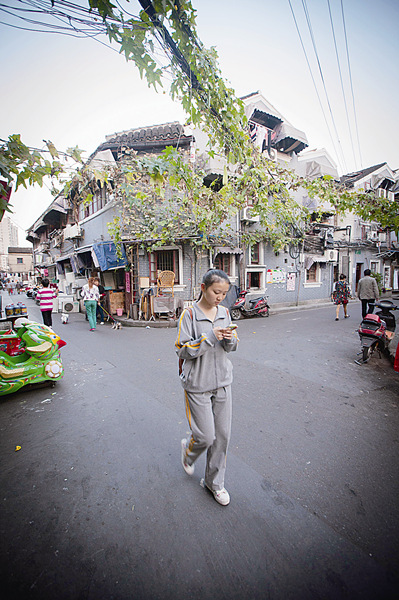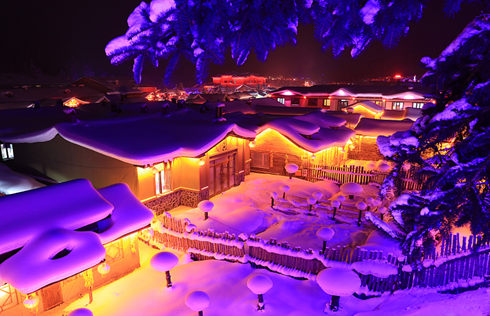Where Shanghai began
 |
|
The street has retained much of its original charm.[Photo by Gao Erqiang/Shanghai Star] |
Stroll down memory lane
Few streets have managed to retain as much of their original look as Menghua Street. The one- or two-story houses have never been renovated and nothing in the street seems to be in any order.
Yellowish quilts are placed on deck chairs in the road for residents to sit and enjoy the sunshine. Middle-aged men gather around small tables to play Chinese chess while their wives knit sweaters and chat.
"It hasn't changed," says Wu Xiudi, 78, who has lived in the street for nearly 50 years. "But a house in this area cost at least 20 gold bars in the old days."
Wu says she raised her three grandchildren in the street but all of them have moved to the new residential buildings.
"Glittering high rises have been built in the places that used to be the shabbiest neighborhoods," she says.
"I prefer to stay here because it makes me feel at home. When it rains, the neighbors will shout 'Granny Wu, bring in your laundry hanging outside'," she says.
The small street has welcomed new residents from around the country. In additional to traditional Shanghai-style eateries selling youtiao (deep-fried strips of dough) and soymilk, there are also small restaurants cooking Sichuan and Fujian food.
"This is to cater to the different demands of the migrants pouring into the city," says a resident surnamed Qian.
He says there are quite a few alleys nearby that have interesting names to show what their main business once was, such as doushi jie, or bean market street, and zhukuai lane, or bamboo chopsticks lane, but all of the old industries have disappeared.
Location: Menghua Street takes a five-minute walk from Laoximen Station on metro line 8.














